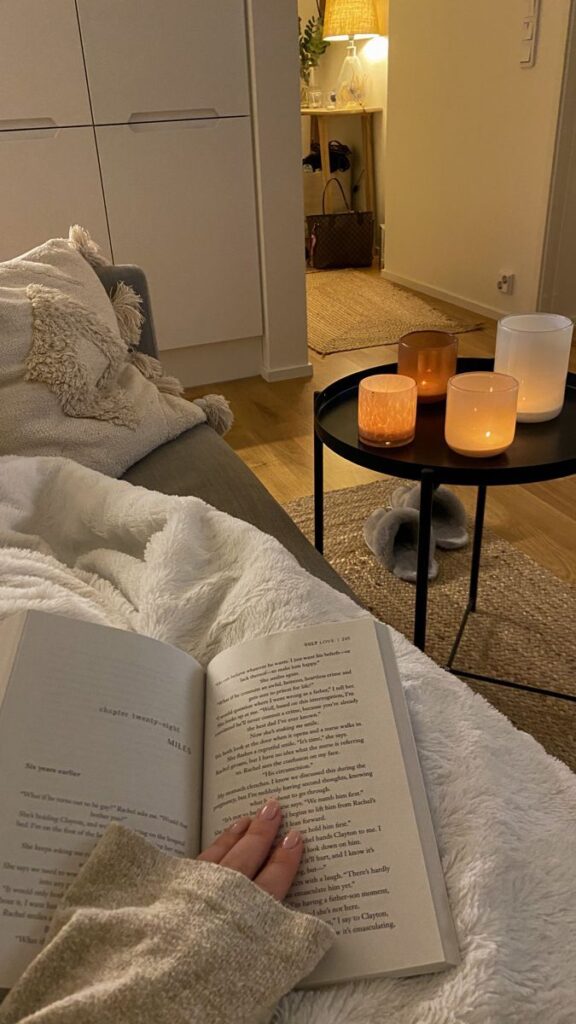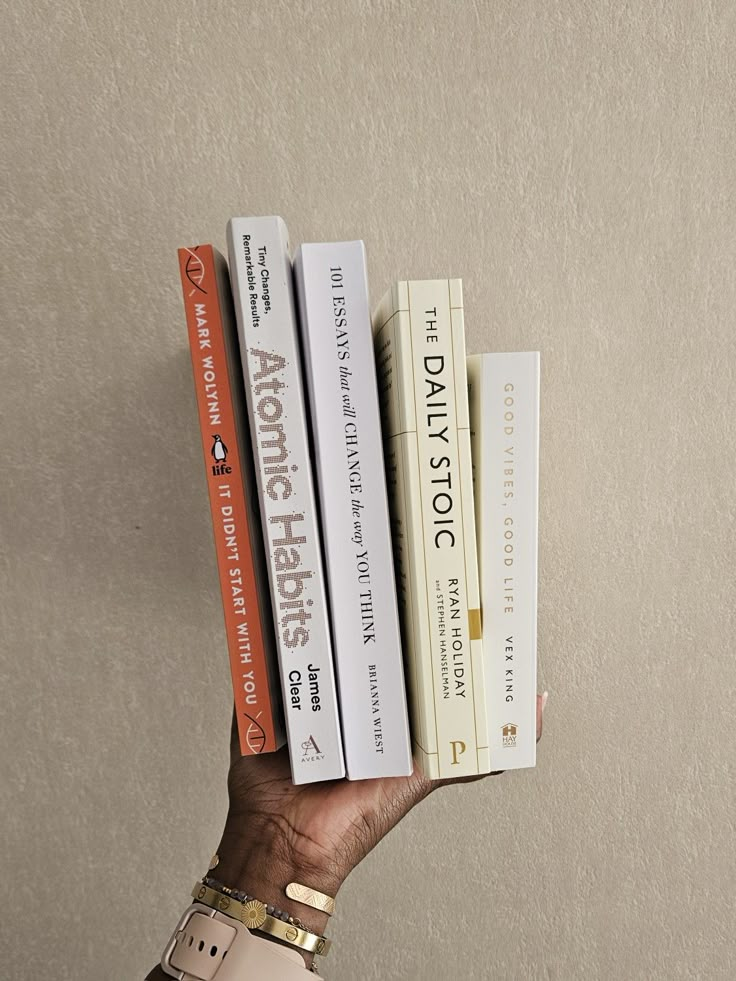Reading is more than just a way to pass the time; it can be a meaningful part of your lifestyle. By intentionally slowing down your reading pace, you open yourself up to deeper understanding and enjoyment. Slow reading helps you absorb information better and makes the experience more relaxing and fulfilling.
In a world that often pushes us to rush through tasks, slow reading offers a break from constant demands. It allows you to focus fully on the material, reducing stress and improving your ability to connect with what you read. Making slow reading a habit can positively impact your mental well-being and sharpen your comprehension over time.
By choosing to read slowly, you’re not just reading—you’re creating space for thought and reflection in your busy life. This small change can transform how you interact with books and the world around you, turning reading into a mindful, enjoyable ritual.



Key Takeaways
- Slowing down your reading improves understanding and relaxation.
- Slow reading can help reduce stress and increase focus.
- Making slow reading a routine enriches your mental clarity and connection to material.
What Is Slow Reading and Why Does It Matter?
Slow reading invites you to savor each word and uncover layers of meaning you might miss when rushing. It involves engaging deeply with the text and can reshape how you approach your reading habit in everyday life. Understanding its nuances and purpose helps you see why it holds value in a fast-paced world.
Defining Slow Reading
Slow reading means intentionally reducing your reading speed to focus on full comprehension and reflection. It’s about absorbing the content carefully, noticing details like tone, themes, and nuances that often go unnoticed during faster reading.
You might pause to highlight passages, take notes, or simply linger on sentences, allowing ideas to settle in your mind. This practice is particularly helpful for complex materials—like poetry, philosophy, or literature—where depth is key.
The goal is not just to finish the page but to appreciate the text as a deliberate experience. Slow reading turns reading from a task into a form of mindfulness.
How Slow Reading Differs from Speed Reading
Speed reading aims to cover more material quickly by skipping or scanning parts of the text, often reducing subvocalization (reading words aloud in your head). It focuses on efficiency and retaining broad ideas within a shorter time.
In contrast, slow reading values understanding over quantity. You let yourself pause, reflect, and grasp the intricate layers of meaning, which often improves retention and enjoyment.
Where speed reading tries to optimize how much you read, slow reading optimizes how well you read. It encourages you to slow down, resisting the urge to rush through pages or consume books like a checklist.
Significance of Slow Reading in Modern Lifestyles
In today’s fast-paced, distraction-filled environment, slow reading offers a way to reclaim focus and reduce stress. It counters the tendency to “speed through” information, allowing you to connect more deeply with what you read.
By slowing down, you engage with texts in a meaningful manner, which can improve comprehension and foster critical thinking. This practice also supports a healthier relationship with technology and multitasking, giving your mind space to absorb knowledge.
Incorporating slow reading into your reading habit can transform it into a calming ritual. It helps balance the rush of modern life by offering moments of pause and reflection through books.



The Benefits of Slow Reading for Everyday Life
Slow reading encourages you to engage deeply with the material you read, improving how you process information and interact with ideas. It helps develop important skills like understanding complex topics, seeing different perspectives, and managing your mental load more effectively.
Enhancing Comprehension and Retention
When you slow down, you give yourself time to fully understand what you read instead of just skimming the surface. This deep reading practice allows you to absorb details and grasp nuances that speed reading often misses.
Slowing your pace also encourages you to pause, reflect, and re-read confusing passages, increasing how much you remember later. Taking notes or highlighting important parts can further boost your retention. This makes slow reading a strong tool for learning and staying focused on key ideas.
Building Empathy and Critical Thinking
Reading slowly allows you to connect with characters, ideas, and viewpoints more meaningfully. You get to experience different emotions and worldviews, which strengthens your empathy and ability to relate to others.
It also gives you space to analyze and question the material, sharpening your critical thinking skills. Instead of rushing through facts, you consider context, motives, and deeper meanings. This thoughtful approach helps you make better decisions and form well-rounded opinions.
Supporting Mental Well-Being
Taking time to read mindfully can reduce stress by offering a calm break from distractions and fast-paced routines. When you focus on the text, it encourages mindfulness and presence, which benefits your overall mental state.
Slow reading also helps your brain rest by allowing for reflection and slower cognitive processing. This can improve mental clarity and even spark enjoyment in reading, turning it into a refreshing habit rather than a rushed chore.



How to Integrate Slow Reading into Your Routine
Integrating slow reading into your daily life means choosing the right materials, setting up a space free from distractions, and creating rituals that encourage consistent practice. These steps help you engage deeply with texts and develop a lasting slow reading habit.
Choosing Books and Literature for Slow Reading
Pick books that invite reflection and demand attention. Literary works, poetry, philosophy, and essays are ideal because they reward careful consideration.
Avoid reading dense or complex texts when you’re rushed or tired. Instead, select materials that feel engaging and manageable for slow reading sessions.
Consider keeping a mix of physical books and e-books. Physical copies can enhance tactile connection, while e-readers offer adjustable fonts or night mode to suit your mood and environment.
Creating a Mindful and Distraction-Free Environment
Find a quiet spot where you won’t be interrupted. Turn off devices or notifications to keep distractions at bay.
Use soft lighting or natural light to create a calming atmosphere. A comfortable chair or cozy nook helps your body relax and focus.
Before you start, take a few deep breaths to center your mind. This prepares you for mindful reading and helps you absorb the material more fully.
Rituals and Habits for Consistent Practice
Set a dedicated time daily for slow reading, such as morning coffee or before bed. Linking reading with existing habits makes it easier to maintain.
Start with short sessions, maybe 10-15 minutes, and gradually increase as it feels natural. Use bookmarks or notes to record thoughts without rushing.
Keep your book nearby to encourage spontaneous reading moments, like during commutes or breaks. Making reading part of your routine helps it become a steady source of relaxation and insight.



Challenges, Considerations, and Who Slow Reading Is For
Slow reading can demand patience and intentional effort, especially when balancing different reading speeds for various purposes. It often requires adjustments based on your reading goals, possible difficulties like dyslexia, and how you interact with digital texts.
Balancing Slow and Fast Reading Techniques
You don’t have to rely solely on slow reading or speed reading. Both have their place depending on your goals. Use fast reading for everyday tasks like scanning emails or news, where grasping general ideas quickly matters.
Reserve slow reading for materials that deserve deeper reflection, such as classic English literature or complex academic texts. This helps you savor the language, understand themes, and make meaningful connections.
A simple strategy is to set aside small blocks of time solely for slow reading—maybe 10 to 20 minutes daily—to build this habit. This balanced approach improves comprehension without sacrificing efficiency where speed is needed.
Addressing Reading Difficulties and Dyslexia
If you struggle with slow reading because of dyslexia or other reading difficulties, it’s important to tailor your approach. Slow reading can actually support you by giving more time to process information and engage with the text.
You might find techniques like breaking text into smaller chunks, reading aloud, or using assistive tools helpful. A slower reading rate isn’t a flaw; it’s a strategy to improve comprehension and retention.
Working with educators or specialists familiar with struggling readers can provide specific interventions that suit your needs. Remember, slow reading is flexible and can adapt to many learning styles.
Slow Reading in the Digital Age
Reading on screens often encourages skimming and quick consumption, which can conflict with slow reading’s emphasis on mindfulness and depth. You can counteract this by creating digital environments that minimize distractions.
Use tools that block notifications, adjust screen brightness, or allow for a clean reading view. Printouts or e-readers without internet access can also support slow, focused reading sessions.
Slow reading online benefits when you highlight passages, take notes, or pause to reflect. Adopting these habits helps you resist the speed-driven habits common in digital reading and improves engagement.






